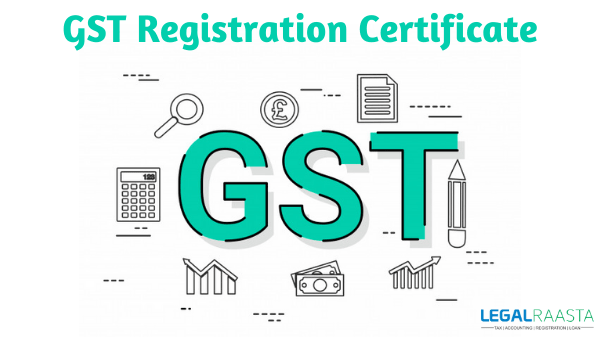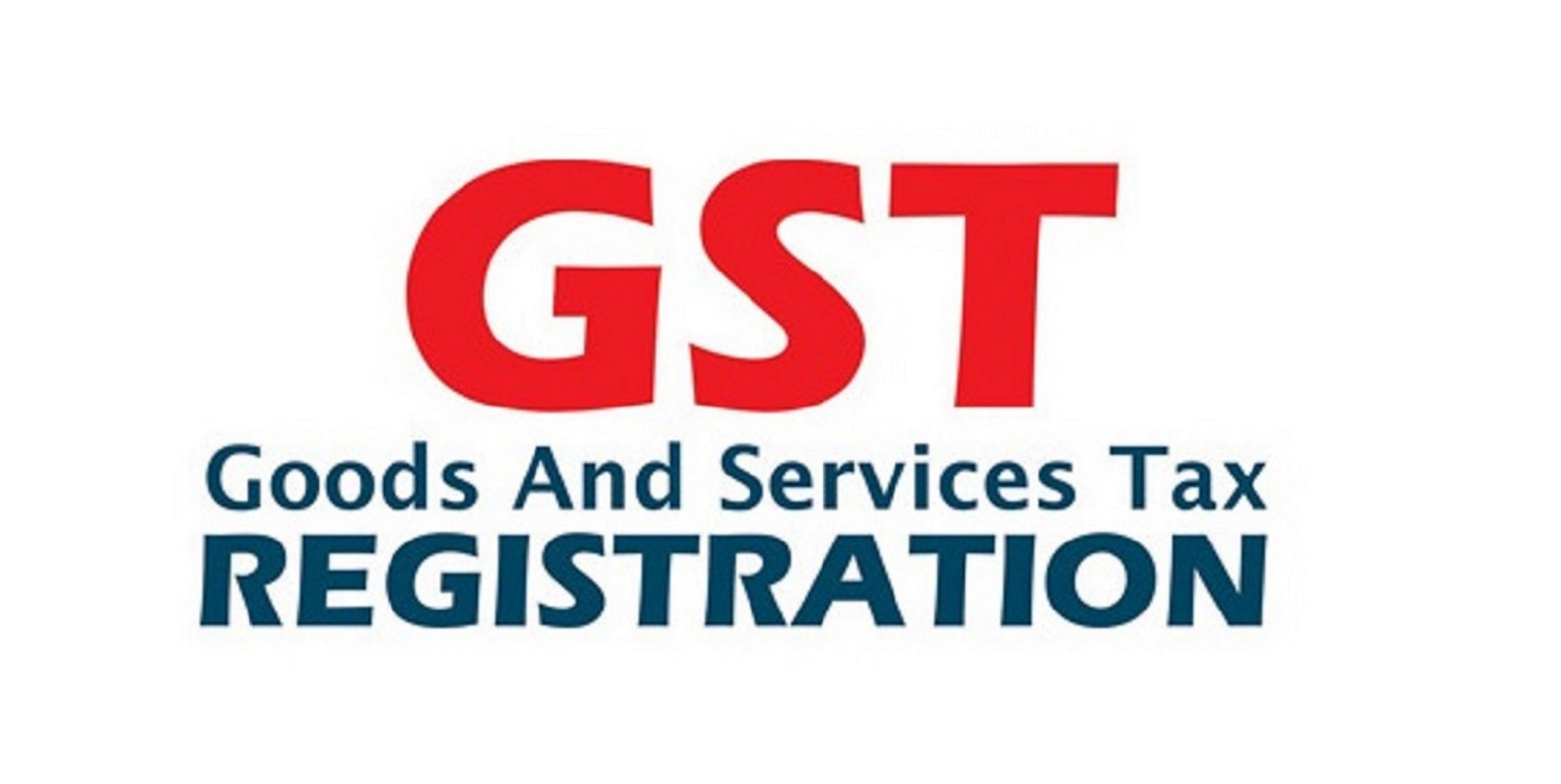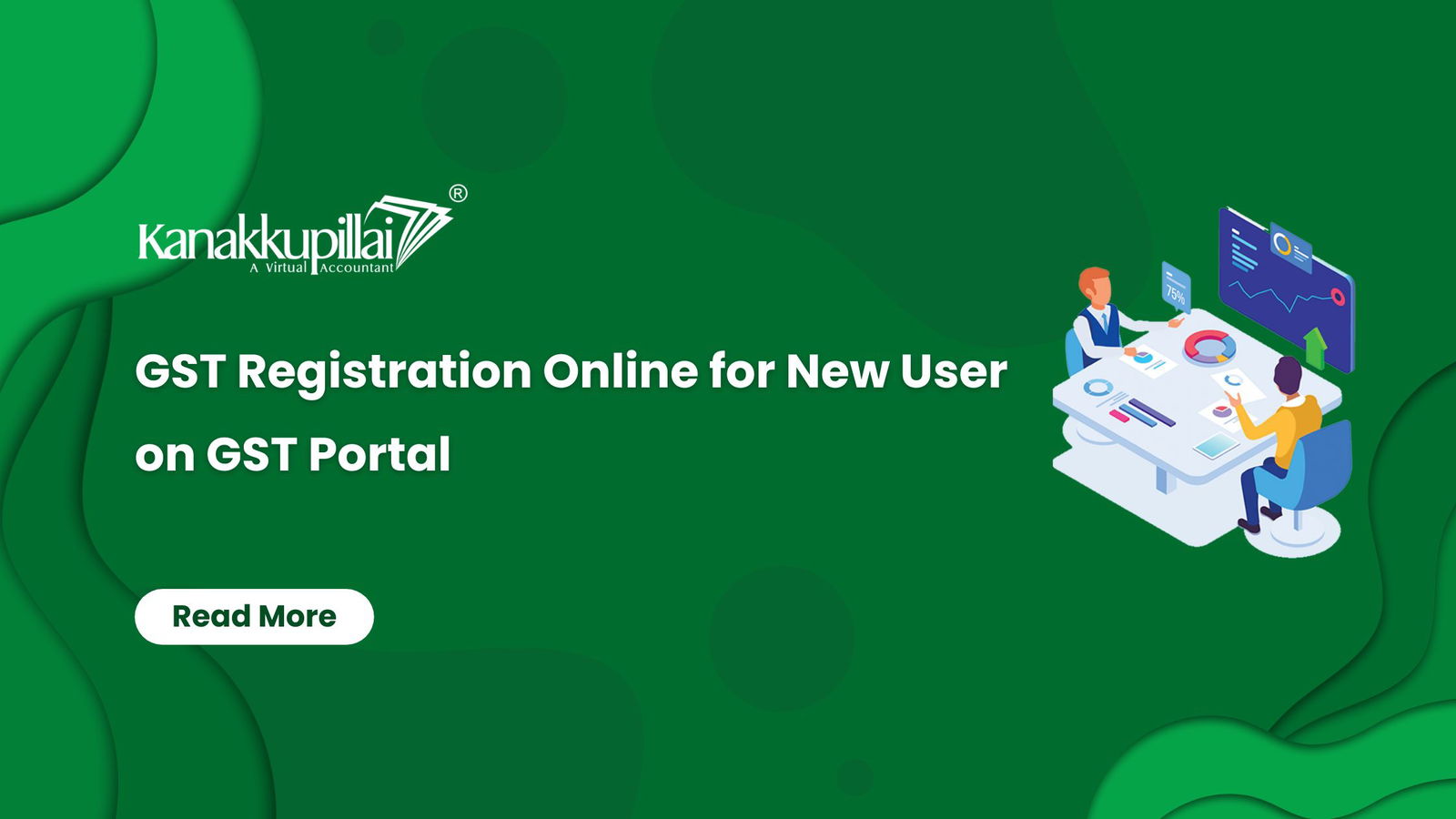Step-by-Step Guide to GST Registration: Everything You Need to Know About the Application Refine

Eligibility Requirements for GST Enrollment
Satisfying the qualification criteria for GST enrollment is an essential need for organizations running in India. Based on the Item and Provider Tax (GST) regulation, entities associated with the supply of solutions or products need to register for GST if their yearly turnover exceeds the prescribed threshold. For routine services, this limit is established at 40 lakhs for goods providers and 20 lakhs for service suppliers. Furthermore, certain special category states have a reduced threshold of 10 lakhs. Moreover, companies associated with inter-state supply, informal taxable individuals, non-resident taxed persons, and those required to pay tax under the reverse fee system have to additionally register for GST, regardless of their turn over.
Additionally, certain organizations such as ecommerce drivers, representatives of a supplier, input solution representatives, and people supplying via ecommerce systems are additionally called for to register for GST, no matter their turnover. Understanding and meeting these eligibility requirements are essential actions for services aiming to adhere to the GST guidelines in India.
Required Records for Application
When making an application for GST registration, businesses require to give specific papers to finish the application process efficiently and accurately. The required files vary depending upon the type of organization entity seeking enrollment. For a single proprietorship, the documents commonly include the proprietor's frying pan card, Aadhaar card, address proof of the area of organization, checking account statements, and photos. Partnership firms require to submit partnership action, frying pan cards of partners, Aadhaar cards, address evidence of the principal business, savings account declarations, and photographs. Firms need to provide their Certificate of Unification, Memorandum of Association, Articles of Association, PAN cards of supervisors, Aadhaar cards, address proof of the authorized office, financial institution declarations, and pictures. In addition, all entities need to submit proof of the workplace, like rental arrangement or electrical power expense, and authorization forms. Guaranteeing that all necessary papers are in order and submitted correctly is essential for a smooth GST registration procedure.
Step-by-Step Application Process
To efficiently complete the GST enrollment procedure, organizations must follow a structured step-by-step application treatment. The first step is to visit the GST online portal and click the 'Services' tab, complied with by 'Registration' and after that 'New Registration.' Next off, supply the necessary details such as the lawful name of the company, FRYING PAN, email address, mobile number, and state in which the business lies. After getting in the information, an OTP will be sent out to the signed up mobile number and email for confirmation. When the OTP is verified, a Temporary Reference Number (TRN) is generated which can be made use of to save the application and go back to it later.

Comprehending GST Enrollment Costs
Understanding the fees connected with GST registration is vital for organizations seeking conformity with tax obligation guidelines. The GST enrollment costs differ relying on the sort of company entity making an application for enrollment. For normal taxpayers, the fee is 1000, split similarly in between the Central and State Federal Governments. However, for businesses running in multiple states, the cost is 5000, likewise separated in between the Central and State Governments. In the instance of casual taxpayers or non-resident taxpayers, the registration charge is 5000. In addition, specific entities are exempt from paying the registration charge, such as input service representatives, UN bodies, consular offices, etc. It's critical for organizations to element in these enrollment fees when preparing their compliance spending plan. Failing to pay the requisite fees can bring about delays in the registration process and non-compliance with GST guidelines, resulting in charges and legal consequences. Therefore, understanding and budgeting for these costs are indispensable parts of the GST enrollment process.
Staying Clear Of Usual Application Blunders
In browsing the GST enrollment process, avoiding typical application errors is important for businesses intending to enhance compliance treatments and prevent prospective setbacks. In addition, services frequently forget the value of choosing the correct organization framework during enrollment. By very carefully evaluating and ascertaining all info supplied during the GST enrollment application, organizations can alleviate these common mistakes and assist in a smoother enrollment process.
Verdict
To conclude, recognizing the eligibility standards, required papers, application process, charges, and common blunders to avoid are necessary steps in efficiently signing up for GST. read more By complying with the detailed guide offered, organizations can make certain a smooth and reliable application process. It is essential to stick to the standards established forth by the authorities to avoid any type of hold-ups or issues in the enrollment procedure.

The GST enrollment costs vary depending on the type of service entity using for enrollment. Additionally, services frequently forget the significance of selecting the right business structure throughout enrollment - Get your GST registration done today in Singapore. By thoroughly assessing and double-checking all info offered during the GST enrollment application, companies can mitigate these typical errors and assist in a smoother enrollment procedure
Comments on “Quick and Basic Ways to Get Your GST Registration Done Today in Singapore”